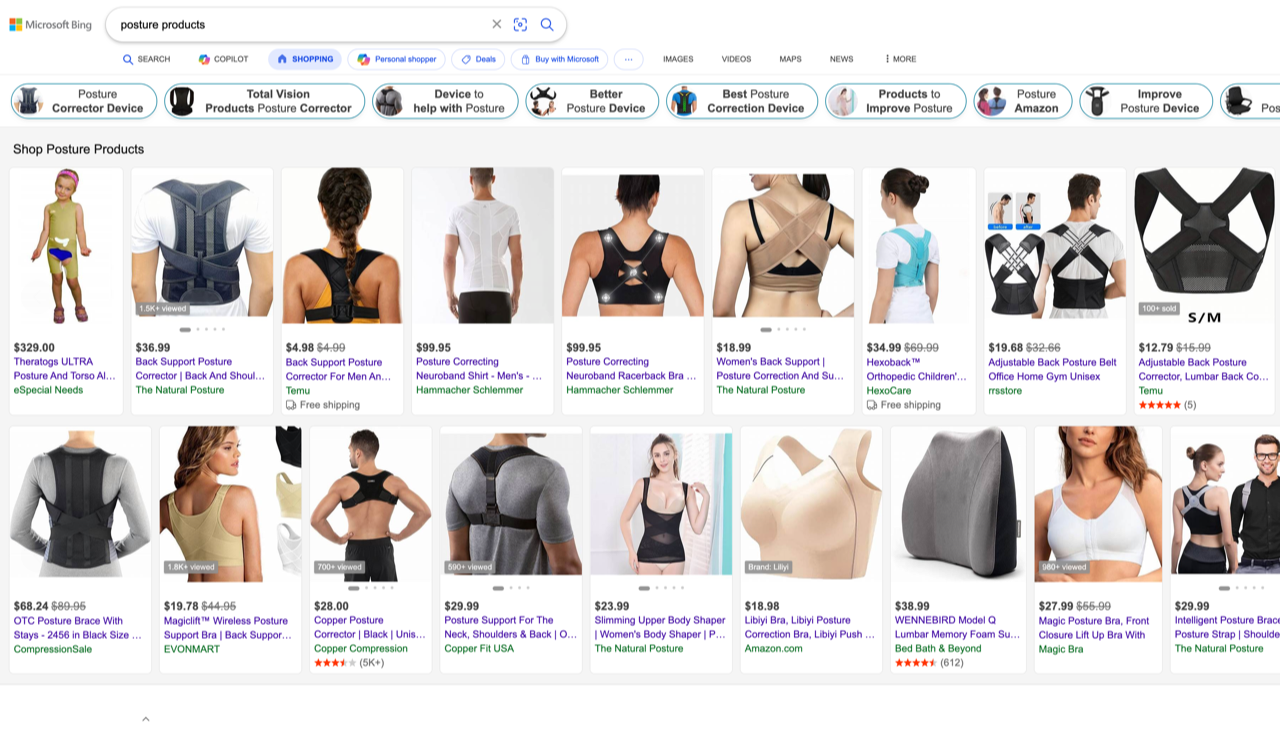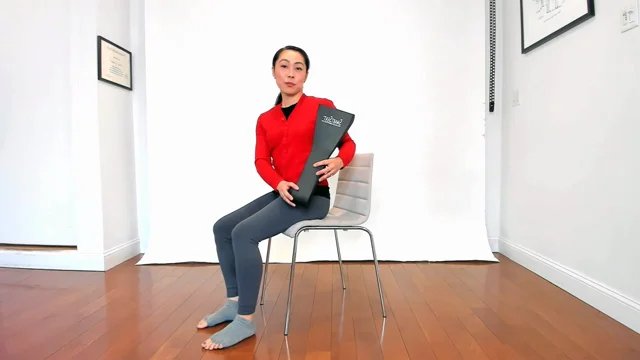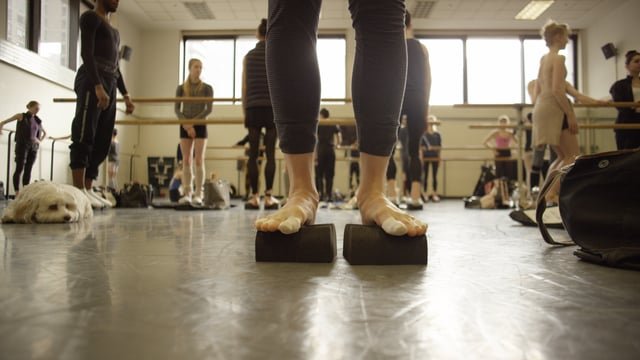
The Myth of Posture Props: Unraveling the Truth Behind Internet Solutions for Bad Posture
Uncover the truth about posture props in 'The Myth of Posture Props.' This post examines the effectiveness of ergonomic chairs and braces, emphasizing individual needs, lifestyle factors, and a holistic approach for lasting posture improvement.

Posture Correction: How to Easily Correct Posture Fault
Is Sitting the new Smoking? We hear constantly about how sitting at a screen is ruining our bodies. But is this true? In today's digital world, maintaining good posture seems to be just another issue to track.

Posture Props: Helpful Tools or Harmful Crutches?
There’s a lot of talk about posture props in the wellness world – are they just trendy gimmicks or do they actually work? From the full-length mirror and SmartSeat to approaches like the Alexander Technique, we’re taking a close look.

Perfect Posture
Perfect Posture Starts with your Feet and ends with your head - a brief intro to the MINIs and HeadFloater.